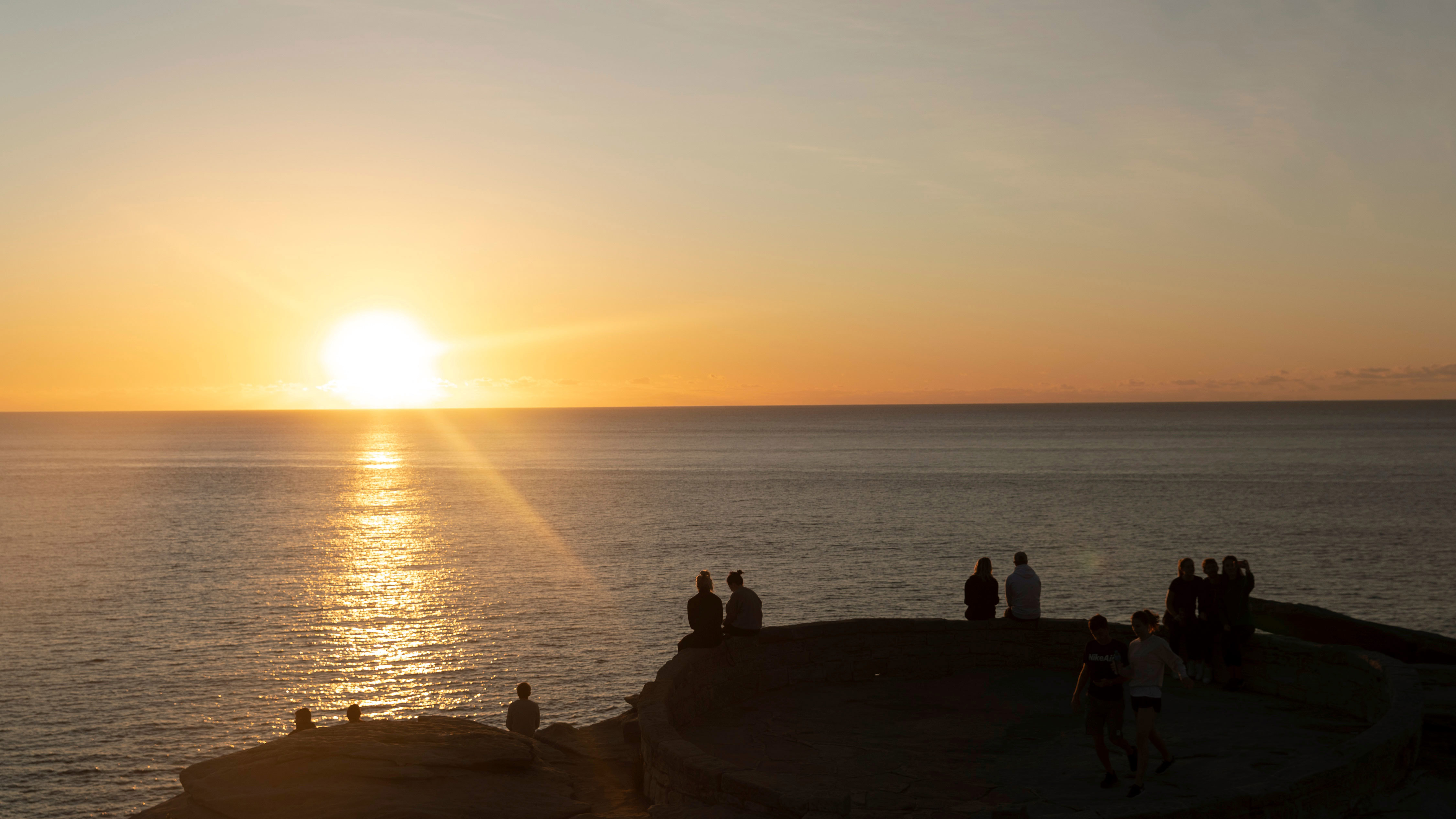Daylight saving is just around the corner for most parts of Australia.
Clocks will jump forward by an hour in New South Wales, Victoria, Tasmania, the ACT and South Australia on October 1.
The change means longer, lighter days as summer draws nearer, and potentially a few days of confusion if you forget to change the clock on your microwave in time.
READ MORE: Warning for shoppers as El Niño looms

When is daylight saving?
Clocks will jump forward by an hour on Sunday, October 1 in states and territories which follow daylight savings, meaning they will technically lose an hour that day.
Are we gaining or losing an hour?
States and territories which follow daylight saving will lose an hour on Sunday, October 1.
But that hour will be regained when clocks go back an hour on April 7, 2024, as daylight saving comes to an end.
Do we put the clocks forward or backwards?
In October, the clock goes forward in states which follow daylight saving.
It might mean an hour less sleep that Sunday morning, but it does mean the evenings will become longer and lighter as the summer comes on.
Most clocks linked to technology, such as phones, computers and TVs, will automatically jump from 2am to 3am on October 1.
Analogue clocks, watches, car radio displays, and microwave and oven clocks will most likely need to be adjusted manually.
READ MORE: Psychologist calls for complete end to daylight saving

When does daylight saving end?
Daylight saving will last until Sunday, April 7, 2024, when the clocks will go back one hour.
Once daylight saving ends, all the eastern states will be aligned in time again, with the only time difference due to east-west longitude.
Which states and territories are affected by daylight saving?
New South Wales, Victoria, South Australia, Tasmania, the Australian Capital Territory and Norfolk Island observe daylight saving.
Queensland, the Northern Territory, Western Australia, Christmas Island or the Cocos (Keeling) Islands don't follow daylight saving, so their time does not change throughout the year.
What will the time difference be between states and territories?
From October until April, New South Wales, Victoria and Tasmania will all be in the same Australian Eastern Daylight Time (AEDT) zone.
Queensland will stay on Australian Eastern Standard Time (AEST) and will be one hour earlier than the eastern daylight saving states.
South Australia will follow Australian Central Daylight Time (ACDT) and will be half an hour behind the eastern daylight saving states.
READ MORE: Australian charged over deadly California crash
The Northern Territory will stay on Australian Central Standard Time (ACST) and will be an hour and a half behind eastern daylight saving states.
Western Australia will stay on Australian Western Standard Time (AWST) and will be three hours behind eastern daylight saving states.
Does Queensland use daylight saving?
No, but the prospect of daylight saving has been the subject of lively debate in the Sunshine State for decades.
Every year as October rolls around, most Brisbane and Gold Coast residents lament being left out.
But Queensland is huge, and as is the case with many things, the south-east corner has a different opinion to the rest of the state.
The state's sweltering north and west are not yearning for more hours in the afternoon sun – quite the opposite.
Queensland last trialled daylight saving from 1989 to 1992.
After the trial, Queenslanders were asked to vote in a referendum with the question: "Are you in favour of daylight saving?"
READ MORE: Warning for shoppers as El Niño looms

A 54.5 per cent "no" vote was returned.
Unsurprisingly, the "no" vote was strongest in the north and west while the south-east returned a strong "yes" vote.
Is the US ending daylight saving?
Earlier this year, bills were introduced in the US Congress which proposed an end to daylight saving time - by making it permanent.
Since then, there has been no significant action on either proposal to make daylight saving time effective year-round.
As it stands, daylight saving time in the US will end on November 5, 2023.
Which country started daylight saving time?
Daylight saving was first adopted in 1908 in Thunder Bay, Canada, as a way to make better use of daylight.
Germany then started starting changing clocks to conserve daylight and reduce the use of fuel in 1916 during World War I.
There has been debate in Queensland about introducing the measures, which happen in 70 countries worldwide, but it is currently excluded.
